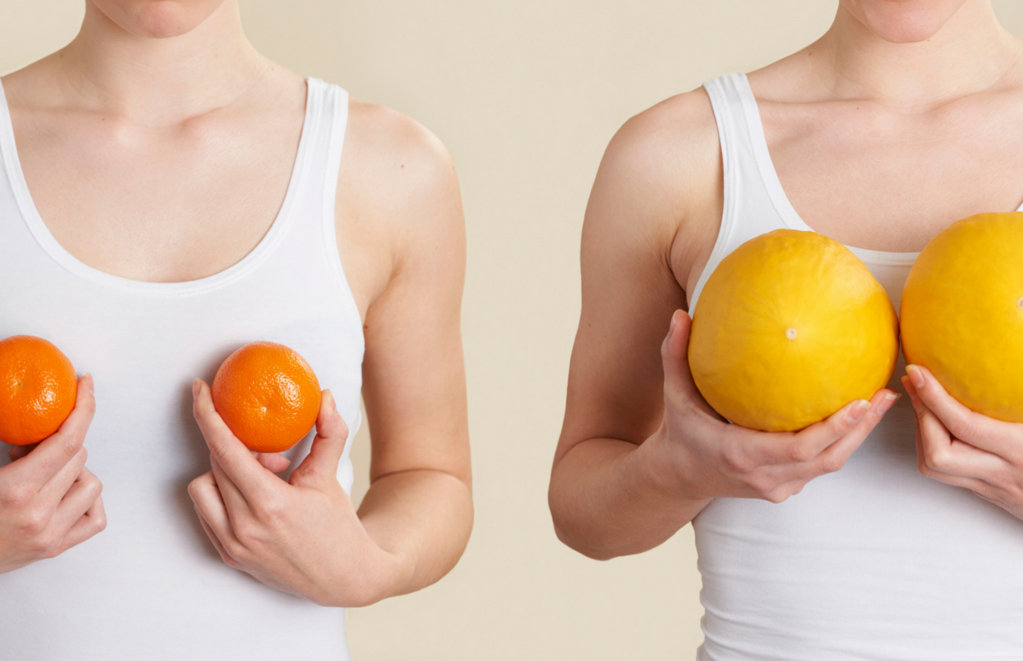
If you think only large breasts bounce, you'd be wrong
Share

You already know the PINKCLOVER Breastband benefits larger-breasted women but did you know that it also helps smaller-breasted women?
We know what you’re thinking: women with smaller breasts don’t need PINKCLOVER Breastband-level support, or experience pain when they run or engage in other high-impact activities, but you’d be wrong.
Researchers from the University of Portsmouth in England studied 1,400 female marathon runners with 56 different bra sizes, from AA to HH cups and chest-band sizes from 28 to 40 inches.
It’s no surprise that more than half of the runners wearing an F cup or larger reported frequent breast pain, but around 25 percent of women who were an A cup or smaller said they also experienced breast pain, even when wearing a sports bra.
25 percent of women who were an A cup or smaller said they experienced breast pain, even when wearing a sports bra.
Nicole Zacharias can speak firsthand to the importance of support for smaller-breasted women. The Premiere Star Diamond Beachbody Coach and founder of Team Fit Canucks, said she still needs her Breastband after losing 30 lbs and reducing her bra size from a 36C to a 34B.
“Even though I have smaller breasts, they still bounce. It's less uncomfortable than when I was bigger but it still limits my performance,” says Nicole.
“I think back to my first few workouts with the Breastband, I was 30 lbs heavier. I was so uncomfortable in my skin. All of me jiggled and it honestly felt worse with exercise. When I added the Breastband, it relieved a lot of anxiety I experienced with the postpartum changes that were occurring to me physically. I knew the Breastband would be a key component in getting my pre-pregnancy body back.”
Nicole’s experience has been quantified by research. Studies show that breasts have a mind of their own during exercise and in fact move independently from the torso in three different directions – up and down, in and out, and side to side.
This out-of-sync movement not only causes pain but also damages the Cooper’s ligaments – the fragile internal structures of the breast – which have been shown to extend more than 2 cm during exercise.
Interestingly, researchers at the University of Portsmouth also found that breast bounce can inhibit peak performance and increase the risk of injury.
University of Portsmouth researchers found that breast bounce can inhibit peak performance and increase the risk of injury.
Proper breast support – more critically, breast support in the mid to upper parts of the breast, precisely where the Breastband is deigned to be worn – reduces the activity of the pectoral muscles by 55 percent, which researchers say may affect a woman’s muscular fatigue during running.
As unrelated as it sounds, it turns out your legs also need to work harder when your breasts aren’t sufficiently supported. Studies show that breast movement can significantly increase the forces exerted through the leg and onto the ground during running, which may lead to an increased risk of injury.
None of which surprises Nicole, who attributes the Breastband with her ability to get the most out of her workouts.
“I find the Breastband really helps me push towards my goals. I jump higher, reach further, run faster with it. It's really been a monumental force in allowing me to return to fitness post babies."